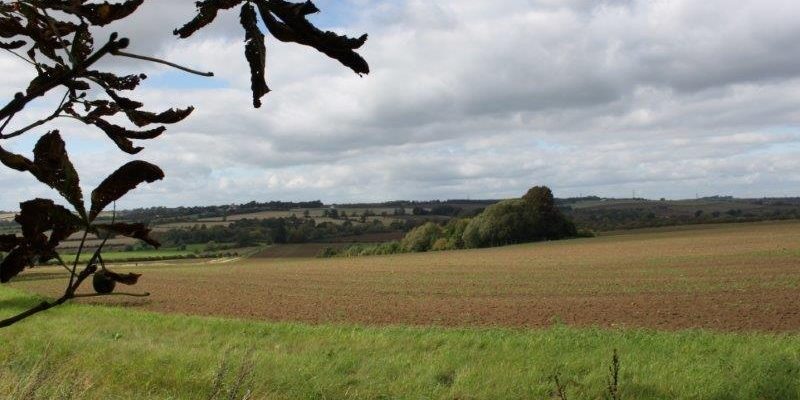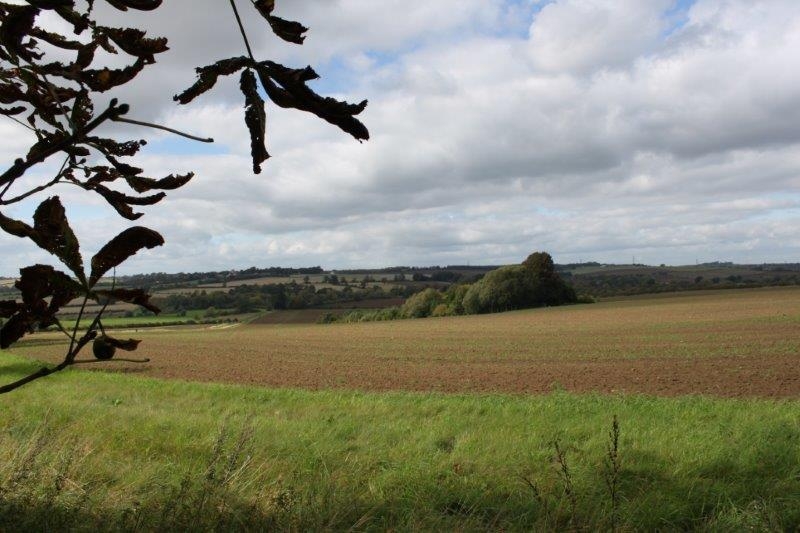Devastating South Oxon Green Belt Study

9th October 2015

South Oxfordshire District Council has today published a study of the Green Belt in its area. In contravention of government guidance and local wishes, the Study proposes changes to sites across the District, including sacrifice of land at Grenoble Road, Horspath, Wick Farm and Wheatley.
The South Oxfordshire Green Belt Study, commissioned by the Council from Terra Firma Consultants, and released today, 9th October, is a survey of all the land in the part of the Oxford Green Belt in South Oxfordshire, to choose which bits can be sacrificed to build houses on. 1
The Study suggests changes to the Green Belt at sites across South Oxfordshire.
This is despite Government advice in the National Planning Policy Framework that “the fundamental aim of Green Belt policy is to prevent urban sprawl by keeping land permanently open; the essential characteristics of Green Belts are their openness and permanence; that only the most exceptional circumstances could justify removing land from them, and that housing development is not such a circumstance.
It also flies in the face of an in-depth survey of public attitudes across the whole of Oxfordshire last Spring, commissioned by CPRE, in which 75% of respondents considered that the whole of the Green Belt should remain open and undeveloped despite the general need for houses – indeed, most people considered housing development to be the greatest threat the Green Belt faced. This was as true in Oxford itself as outside it, and of both homeowners and non-home owners.2
In clear defiance of Government advice and of their electorate’s opinions, Councils across Oxfordshire are evaluating every field in the Green Belt in search of a justification to release it for development.
The most recent “study” is the one released today by South Oxfordshire.
The report concludes that ‘all of the thirteen land parcels and their subsets met one or more of the purposes’ of the Green Belt. Despite this, it then goes on to propose a range of sites for removal.
Helen Marshall, Director, CPRE Oxfordshire said: “This approach sets a terrifying precedent. The methodology of looking at every little plot of land is highly subjective and completely misses the point about the permanence of the Green Belt. But having done that, they still can’t find any land that doesn’t meet at least one of the purposes of the Green Belt. In our view that should be the end of the matter, but they have gone ahead and selected sites anyway.”
The land identified for development
The most vital land for the prevention of urban sprawl, the Green Belt’s key purpose, is the land hard up against the City. However, the report advocates removing parcels of land from the Green Belt South of Oxford at Grenoble Road, and at Horspath; at Wicks Farm to the North, and Monks Farm to the East, near Shotover. It also proposes development of the Brookes site at Wheatley (in Holton parish) – presently largely open parkland – as well as smaller parcels throughout the District.
A self-fulfilling prophecy
One of the reasons given for advocating that land is “no longer serving its Green Belt purpose” is ‘a substantial increase in the mass and scale of adjacent urbanising built form within the settlement and visual exposure of the adjacent urbanising built form and its influence on the land in the Green Belt’.(Section 4.1, Page 8)
In other words, because the land outside the Green Belt is built up, this is in itself a reason to build up adjacent Green Belt. It is easy to see where this rationale leads. If Green Belt land is then built on, it will in turn become the reason to sacrifice the next bit of Green Belt and so forth until there is none left.
This is the old Chinese “Death by a Thousand Cuts” in which minor bits of the victims anatomy were lopped off one by one until death eventually occurred.
Once the process of dismantling the Green Belt because neighbouring land has been built on is begun, the process will be irreversible.
Landowners incentivised to downgrade the landscape
Equally alarming is the statement that ‘a significant proportion of Green Belt land retains a rural and open character, but a significant proportion is diverging from its established character and action is required to prevent this land from falling into neglect in the future’. (Section 13.15, p.76)
The Green Belt is nothing to do with quality of landscape, but with keeping land open to prevent urban sprawl and the merging of settlements. To suggest that quality of landscape is a factor is wholly wrong, and an incitement to landowners, within whose total control each bit of it lies, to degrade it. Furthermore there is no action available to cash-strapped Councils to “improve it”.
Oxford City Council, which owns land in South Oxfordshire South of Grenoble Road, is forever saying how degraded they have let it become, and therefore that they should be allowed to reap the profit of developing it.
CPRE says that only ensuring the Green Belt is permanent will remove the landowners’ incentive to degrade it; this study demonstrates only too clearly how Councils seek to undermine its permanence and thus place all of it at risk.
Money talks?
It is not clear why Councils are intent on dismantling the Green Belt contrary to Government advice and public opinion.
The most likely answer is that they are transfixed by the Government’s New Homes Bonus. This is paid to Councils by the Government at a rate of an average of £4,000 per house built – more in high Council tax areas like ours – and is un-ring-fenced which means that Councils can spend it on whatever pet projects they like. The Oxfordshire Councils’ joint Growth Strategy which seeks to build 100,000 more houses – two cities the size of Oxford – largely in open countryside, by 2031, would therefore provide a pot of nearly half a billion pounds.
The New Homes Bonus already accounts for 25% of South Oxfordshire District Council’s total revenue this year, before the housebuilding explosion which is to be inflicted on Oxfordshire and the Green Belt has even begun. The half a billion pot divided equally between the Councils would give South Oxfordshire over £60 million pounds. It is easy to see how the New Homes Bonus encourages Councils to develop land they should keep open, and to compete with each other for a share of the cake.
1. Local Green Belt Study for South Oxfordshire District Council (SODC website)
If you think the Green Belt should be protected, take action! Find out how you can get involved.
